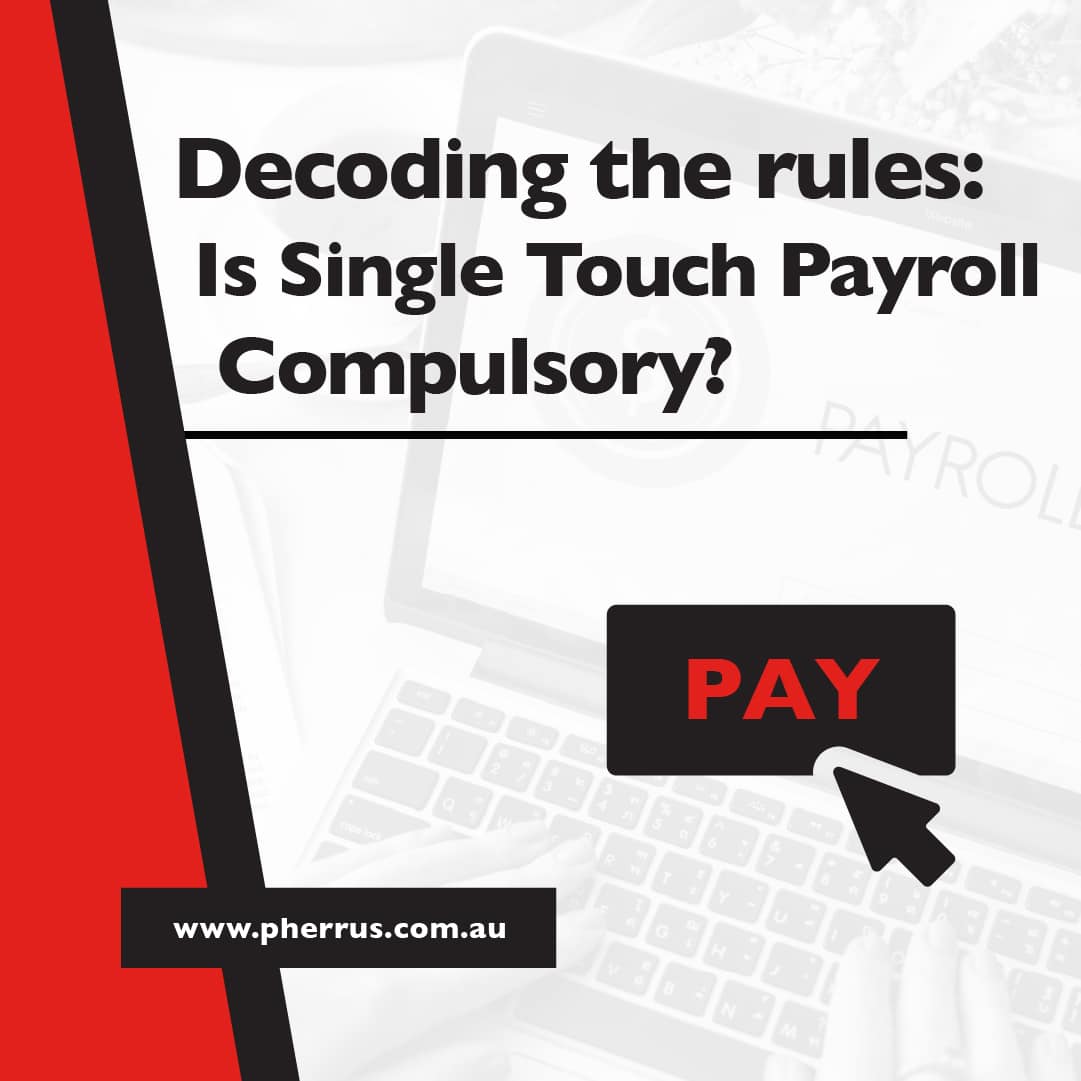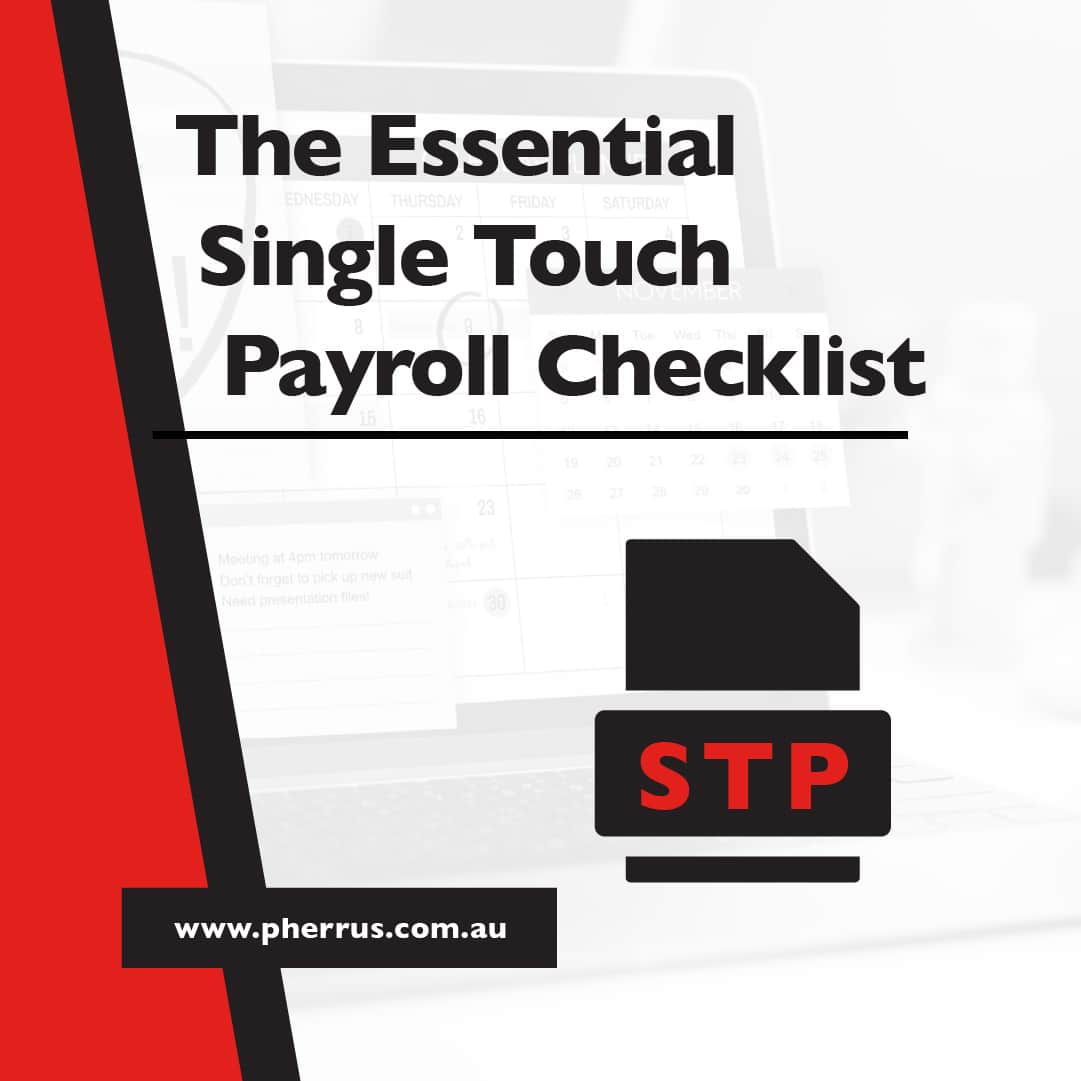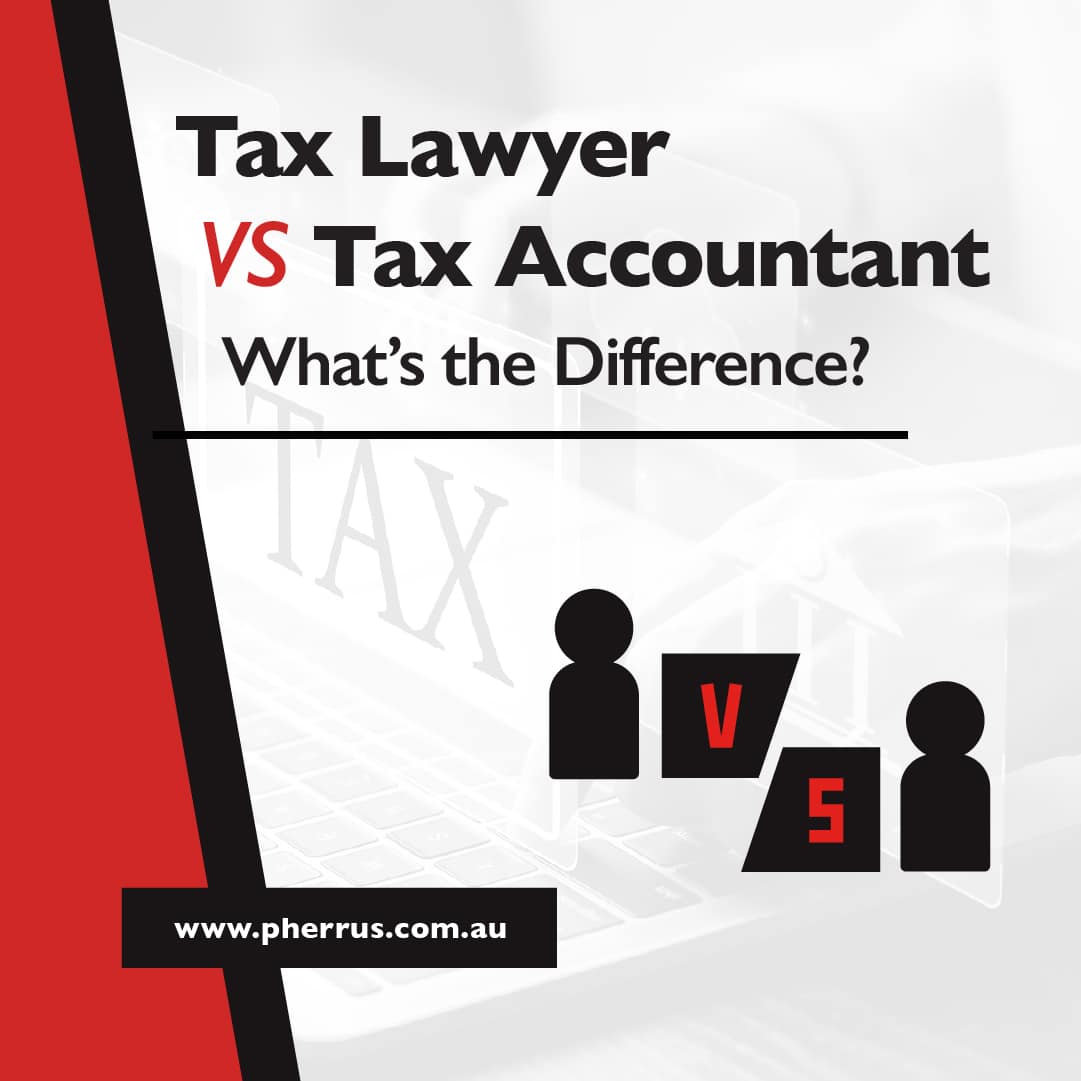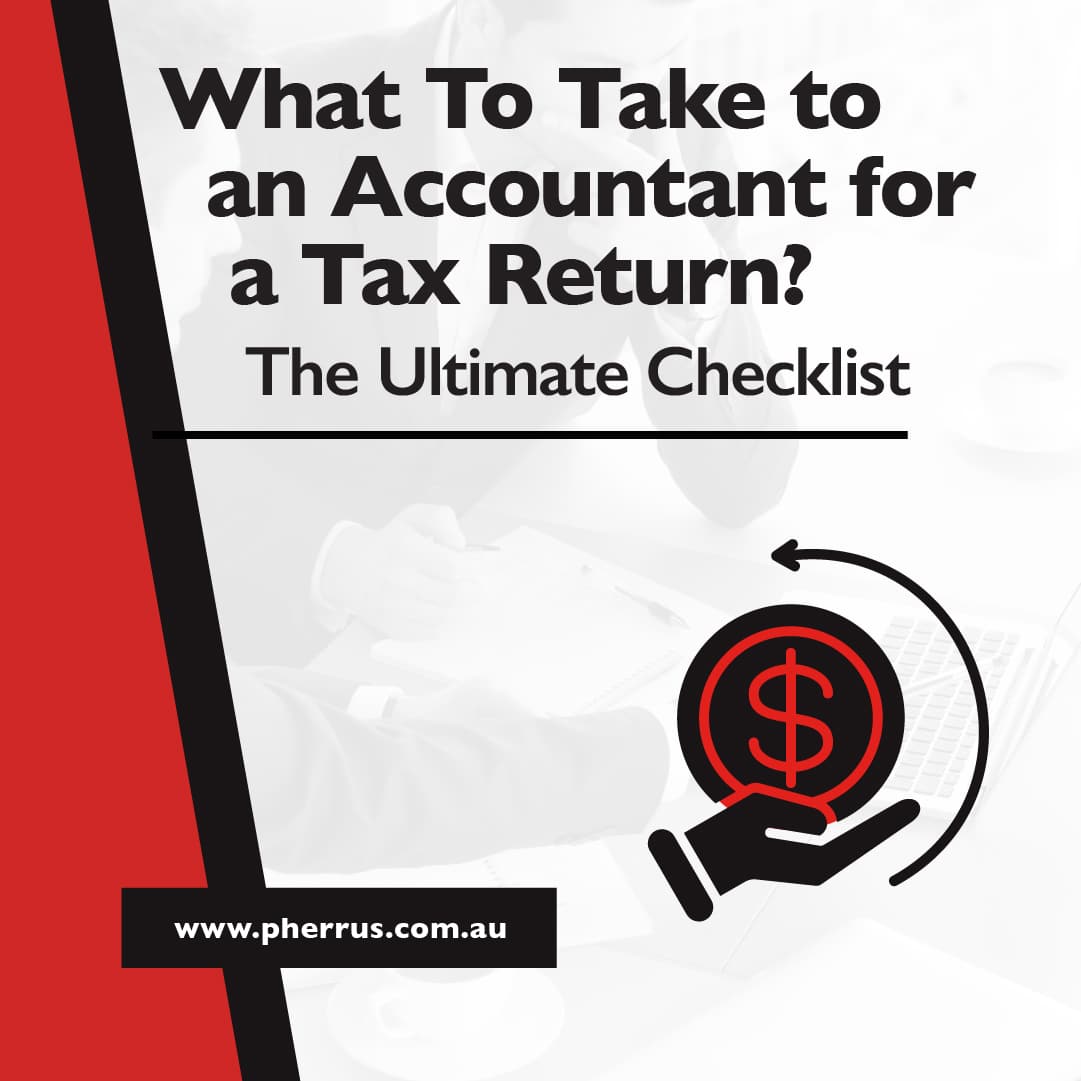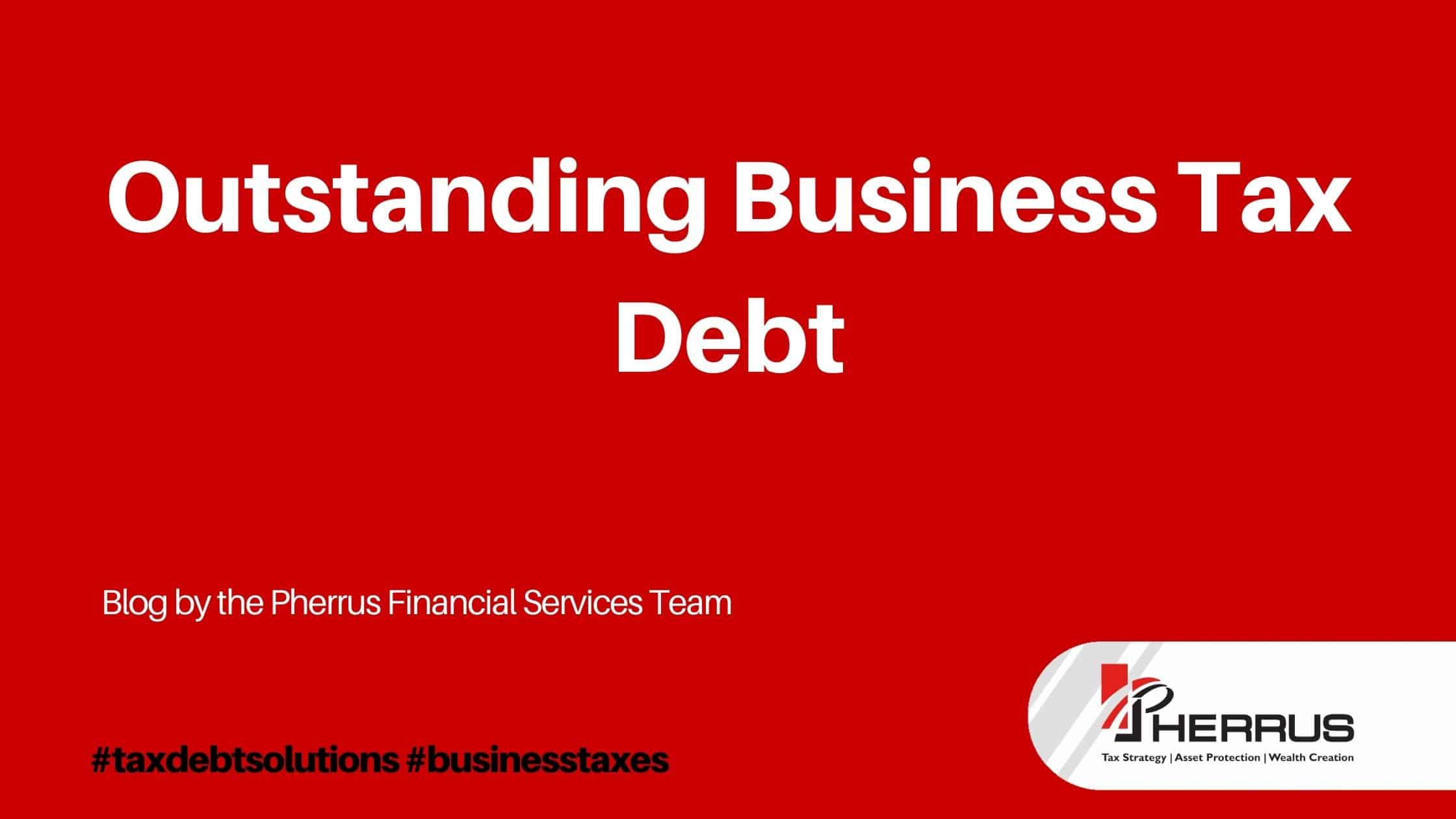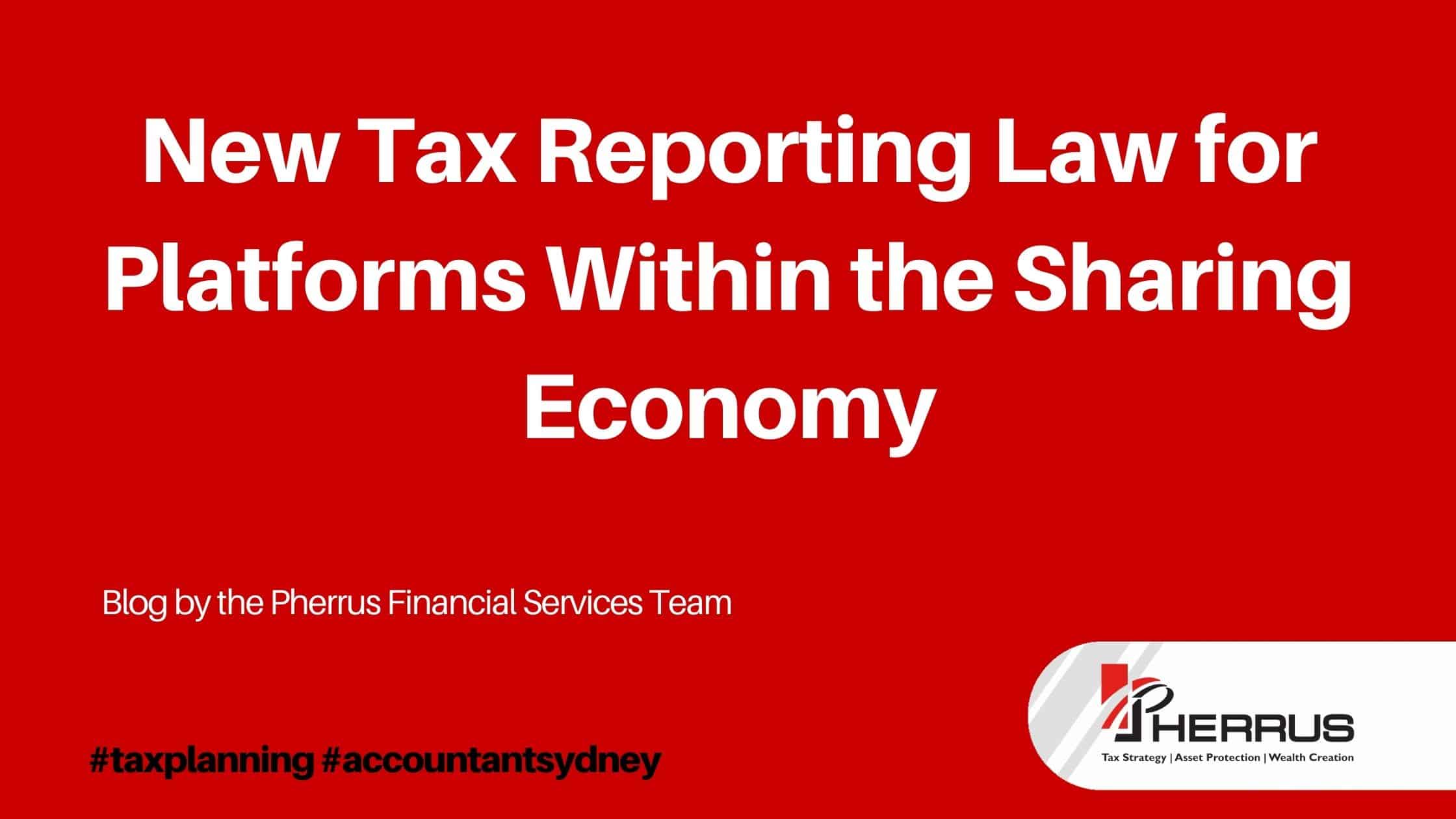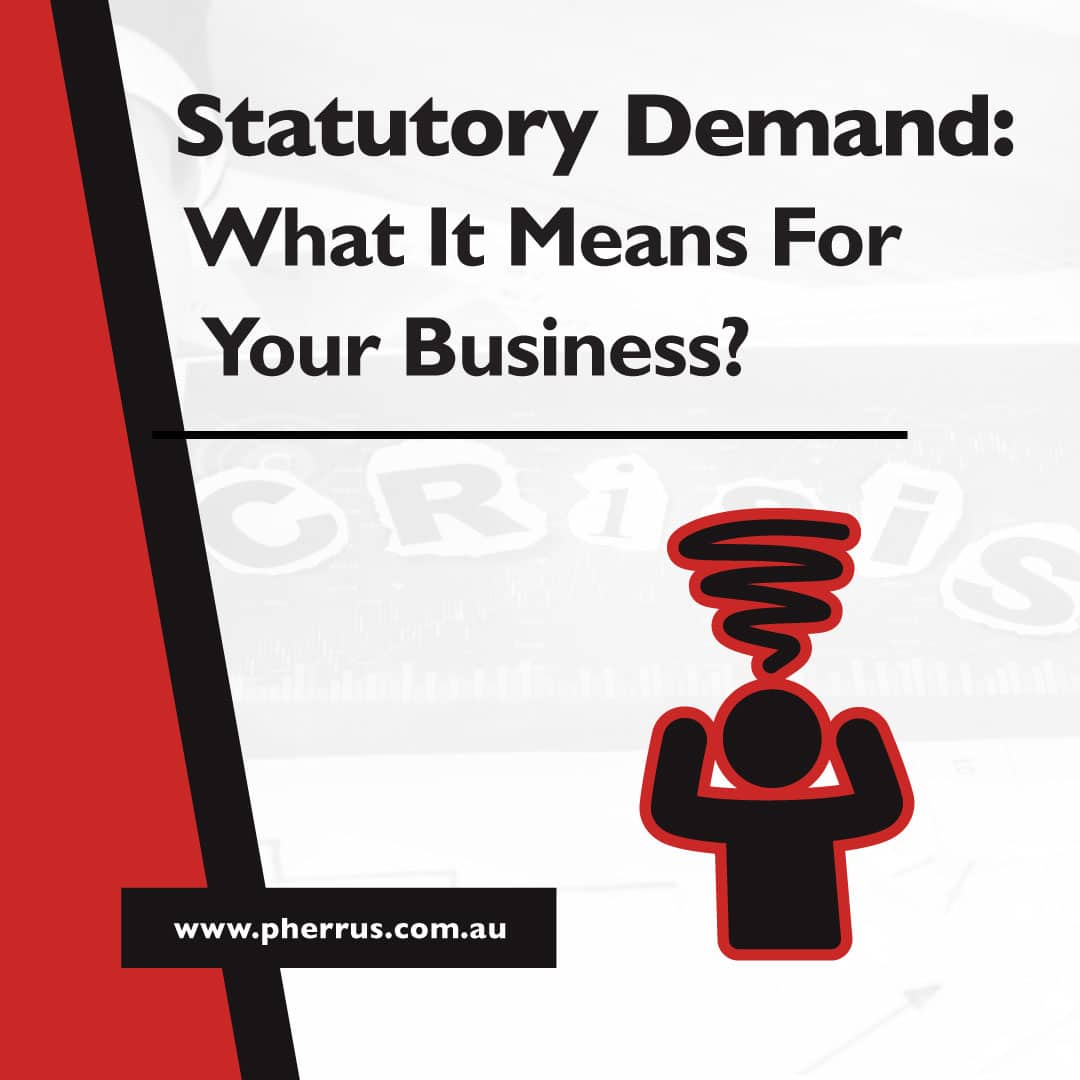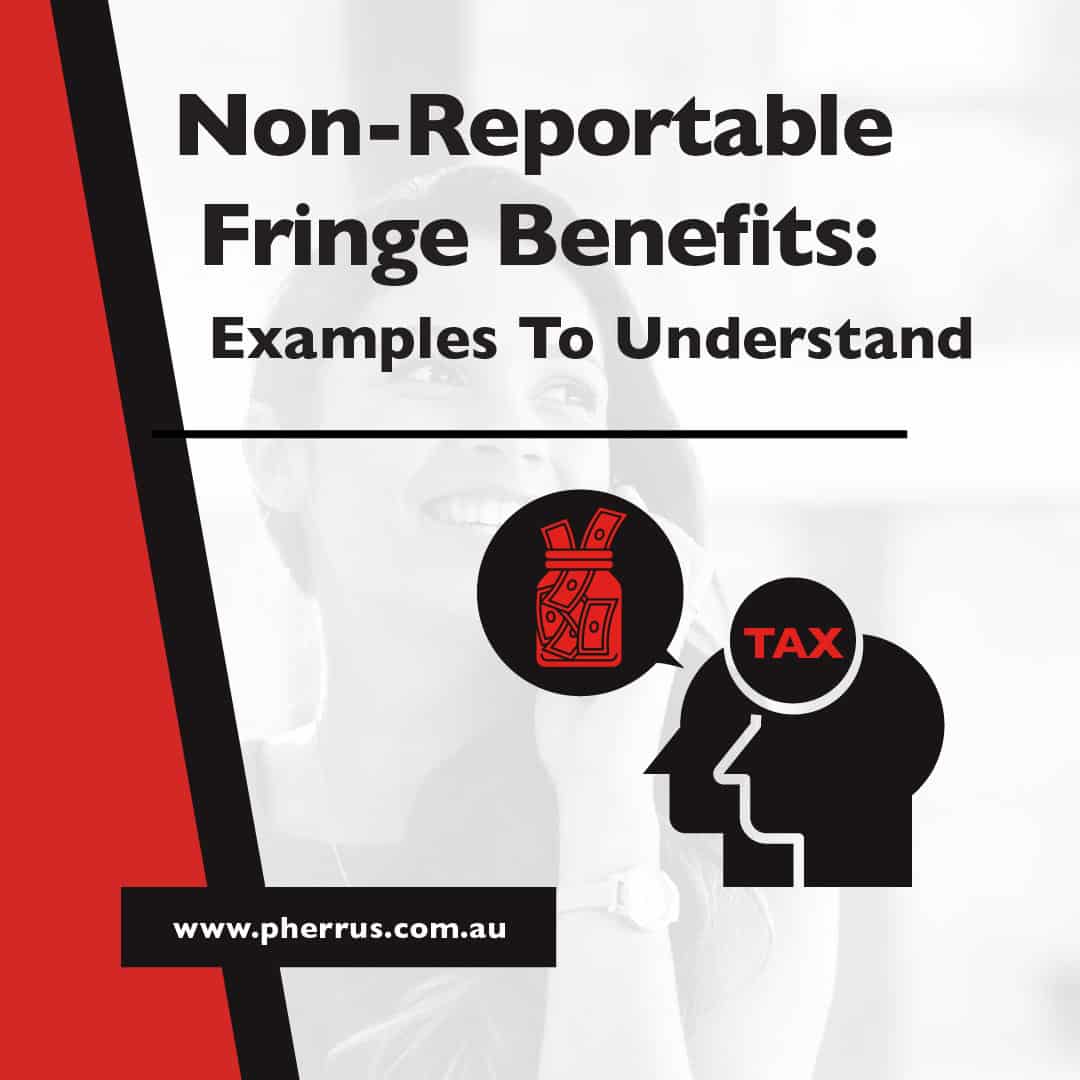Is Single Touch Payroll Compulsory?
Single Touch Payroll (STP) allows your business to electronically report payroll information to the Australian Tax Office (ATO) each time you pay your employees. This information includes wages and salaries, pay-as-you-go (PAYG) withholding, and superannuation. This system gives the ATO up-to-date employee payroll and superannuation information throughout the year and aims to make reporting more…

